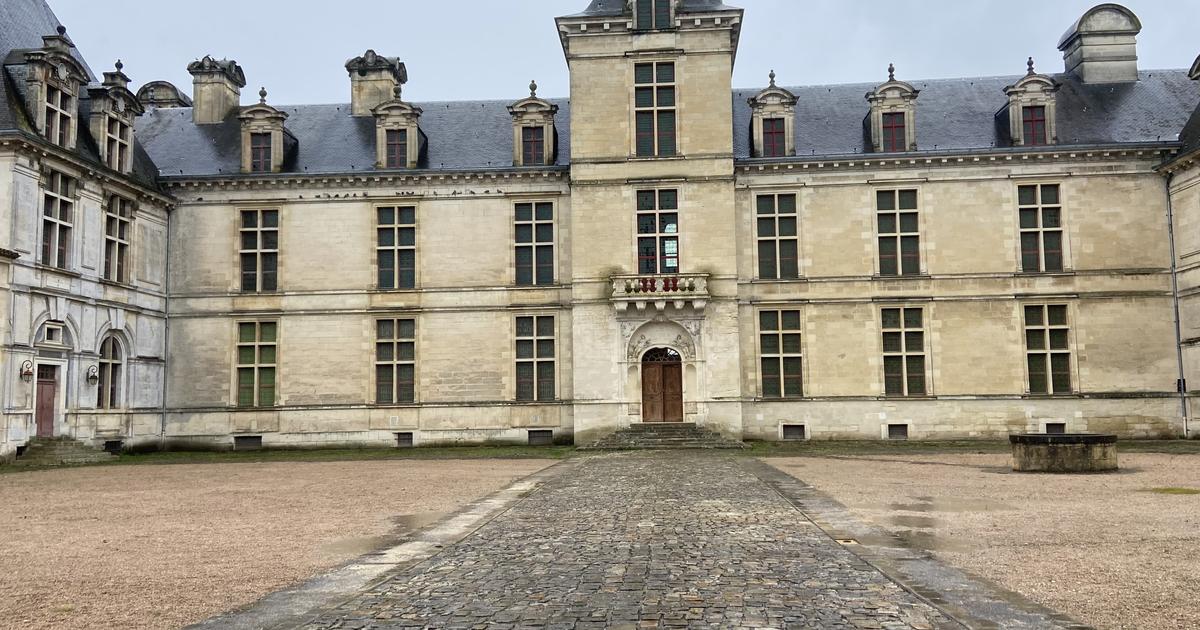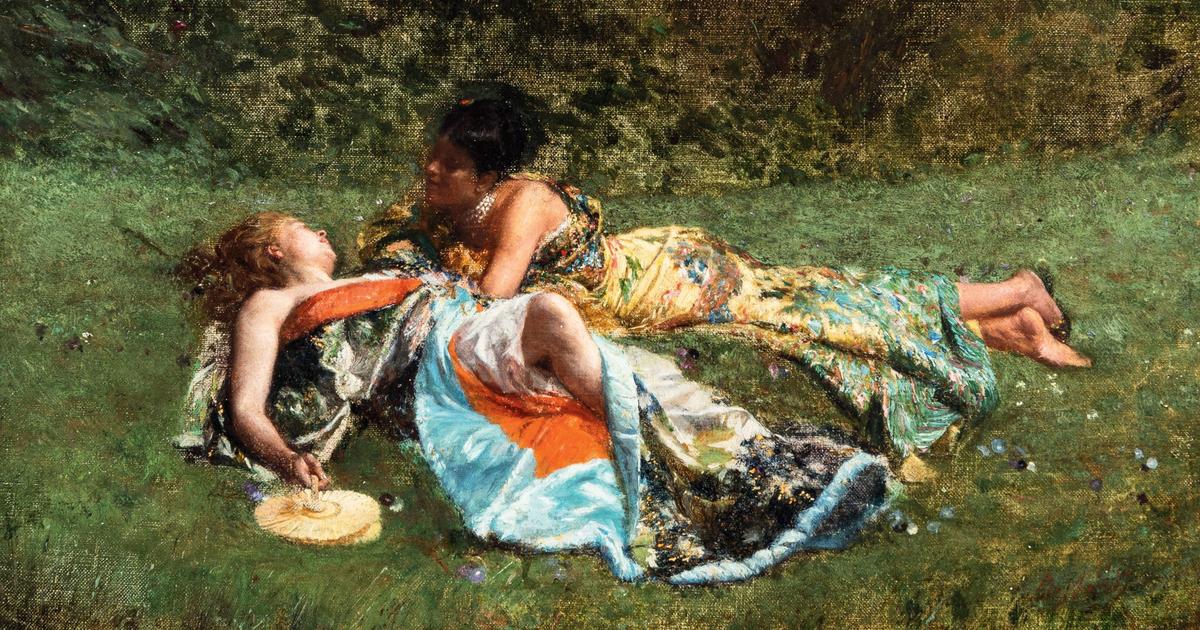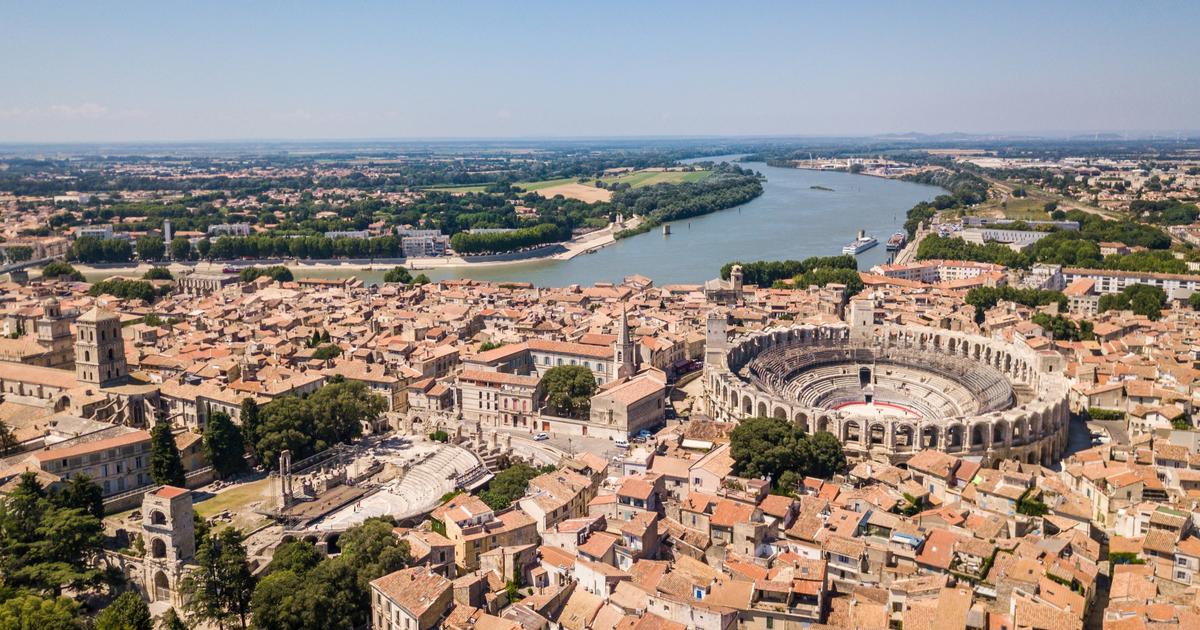The great French researcher of revolutions, François Furet, wrote about the Paris Commune: "No event in the recent history of France, or in its entire history, has provoked such an exaggerated interest in relation to its brevity."
There were only 72 days, from March 18 to May 28, 1871, when the last pockets of resistance of the
communards
were annihilated, in the middle of a savage repression.
However, its echo resonates to this day.
The commemoration of the 150 years of that revolution about which Marx wrote that he tried to "storm the skies" has not been without controversy, but not without literary news and official acts.
An example of the Commune being kept very much alive in the French collective consciousness is that a 1,400-page book, entitled
La Commune de Paris 1871: Les acteurs, l'événement, les lieux
,
coordinated by the historian Michel Cordillot, was out of print in just a few weeks, turned into an unsuspected sales success.
"Its relevance in the history of France is enormous," explains American researcher John Merriman, author of
Massacre.
Life and death in the Paris Commune
(XXI century) and professor at Yale University.
"However, it is interesting that in Paris, beyond the Federal Wall, in the Père-Lachaise cemetery, there are practically no memories of the Commune," he said in a videoconference conversation.
The Federated Wall is the place where 147
communards
were shot at the end of the so-called Bloody Week, when the troops of President Adolphe Thiers assassinated thousands of citizens accused of having supported the revolution.
"The importance of the repression is not only because of the death toll, which is still under debate [some historians speak of 6,000, others raise the figure to 30,000]," says Merriman.
“It is relevant because many people were killed just because they existed.
In my book I tell the story of a worker arrested by Thiers's troops.
They ask him to show his hands and when they find that they belong to a manual worker, they shoot him right there.
And many similar cases are known ”.
Year after year, that wall focuses the tributes to the Commune, which on this anniversary will be extended to other parts of the capital, with 50 events and exhibitions organized by the Paris City Council, governed by the socialist Anne Hidalgo.
The opposition has criticized this display, accusing the council of instrumentalizing the commemoration for electoral reasons.
The Commune undoubtedly has an enormous symbolic burden for the left, but over the years the debate has drifted from politics to academia.
In fact, in November 2016 the National Assembly adopted a resolution to rehabilitate the victims of Bloody Week, in which it also considered it necessary "to better understand and disseminate the republican values defended by the participants in the Commune."
However, the most visible building in the Commune, which was paradoxically erected by the regime that brutally put down the revolution, has not yet been classified as a national monument for lack of political consensus.
It's about that meringue-colored pastelón that unfortunately you can see from almost all of Paris: the Sacré Coeur.
Despite being one of the iconic buildings of the capital, it is not a national monument.
The debate on its cataloging was scheduled for this year, but has been postponed until 2022 to try to reach an agreement.
"The history of the Commune, long associated with a decidedly militant interpretation, has been renewed in France in recent years", explains historian Laure Gaudineau, professor at the Paris North University and author, among other essays, of
La Commune explain in images
.
“However, the recent clashes at the Paris City Hall between the opposition and the majority have demonstrated the rapid revival of these conflicting memories.
The topic seems less controversial, but perhaps that is only on the surface.
Although we should not exaggerate the importance of these controversies ”.
A murderer loose on the barricades of the Paris Commune
Official program of the commemoration of the Commune (in French)
The Paris Commune broke out on March 18, 1871, after the French defeat against Prussia.
The capital had suffered, under the German siege, a tremendous famine, in addition to constant bombardments.
When the French troops surrendered, the people took power.
On March 26, elections were held, by which a popular government was elected.
Its symbol was a red flag, which inspired the insignia of the communist movement.
On May 21, government troops entered Paris from Versailles and launched a savage repression.
The
communards
also committed cruelties, such as the shooting of priests and prisoners, and burned many public buildings when they knew they were defeated.
As would happen a few years later with the
Dreyfuss affair
, the Commune divided French society and intellectuals.
Interestingly, one of the most fiery critics of the revolutionary movement was Émile Zola, who would later become a symbol of the freedom struggle.
The
communards
decreed the control of food prices, expropriated goods, handed over companies to their workers ... Merriman maintains that one of his most resounding anchors with today's France is the demand for the fight against social exclusion: Commune as the revenge of the expelled, of the poor driven out of the center of Paris by the plans of Baron Haussmann and the construction of the great boulevards.
They were forced by an imperial decree of 1852 to leave their homes for ridiculous compensation.
Now there is a lot of talk about the challenge of integration that France faces, and that started in the Commune ”.
Another enduring legacy of the Commune was its fight for equality between the sexes: until then no revolution had so clearly put women at the center of the struggle.
They were on the barricades and in the committees, on the front lines and in politics.
Together with the writer and politician Jules Vallès, the maximum symbol of the revolution was the anarchist Louise Michel, a fighter who was saved from repression, although not from exile.
It is rare that there is a protest demonstration in France in which a banner with his face does not appear.
In fact, in 2020 he gave the name to a boat for the rescue of migrants in the Mediterranean, financed by Bansky.
A black legend fell on those women: they became the
"
oil companies"
,
accused of having set fire to public buildings.
However, there is no evidence that they participated more than men in that coven.
As Godineau explains: “At a time when women were relegated to the private sphere, opponents of the Commune violently denounced their presence in this movement.
The oil companies are a consequence of that and that is why they are represented as 'denatured' women.
Although it is a legend, the word oil has even passed into the French language to designate a progressive and vindictive woman ”.
Books for a revolution
Since its end, the Commune produced an enormous bibliography, especially testimonial.
In fact, a work that, in 2006, collected all the books on that revolution occupied 600 pages and had 5,000 entries.
Among the first testimonies, the one by Prosper Olivier Lissagaray, one of the leaders of the movement, stands out, entitled
History of the Paris Commune 1871
, just edited by Captain Swing.
Lissagaray managed to escape to London, like other
communard
leaders
, and there he maintained a long relationship with Eleanor Marx, daughter of Karl Marx, a great admirer of the Commune.
Merriman's book on the Commune,
Massacre
, is the last published in Spanish on the revolution, although this summer a detective novel set in those weeks was published,
Bajo las llamas
(Reservoir Books), by Hervé Le Corre.
Despite being one of the first major events to be photographed, along with the American Civil War, it is also remembered by Maximilien Luce's painting,
Une rue de Paris in May 1871
, which shows the Versailles repression, and by two lithographs by the impressionist Édouard Manet, also focused on political violence.
The great story of the Commune is a comic by Jacques Tardi, based on a book by Jean Vautrin,
The People's Cry
(Norma Editorial), which reflects what happened with all the obsessive precision of the French cartoonist.

/cloudfront-eu-central-1.images.arcpublishing.com/prisa/46SQEPMB7BL3MDA4ZUXA7VFZPI.jpg)













